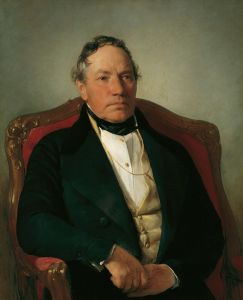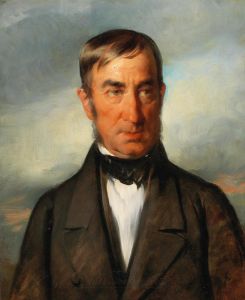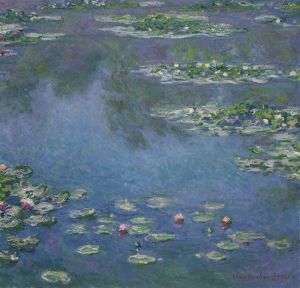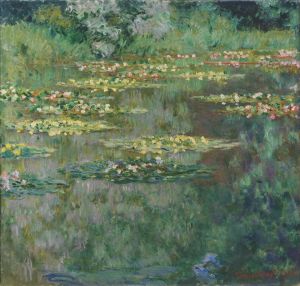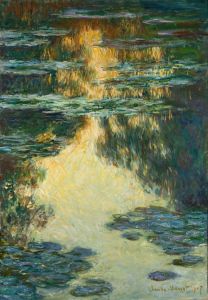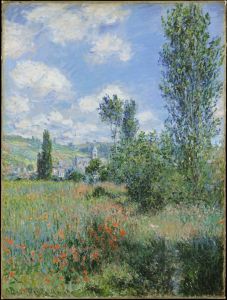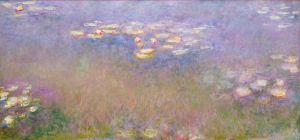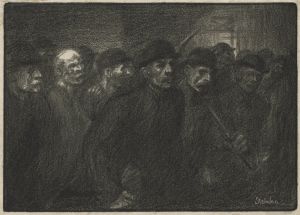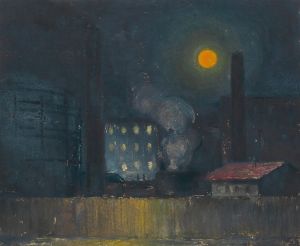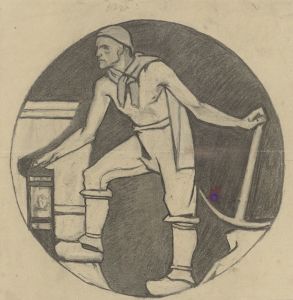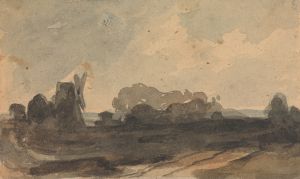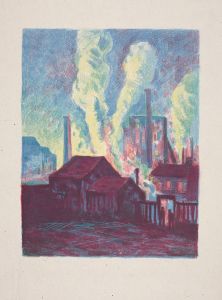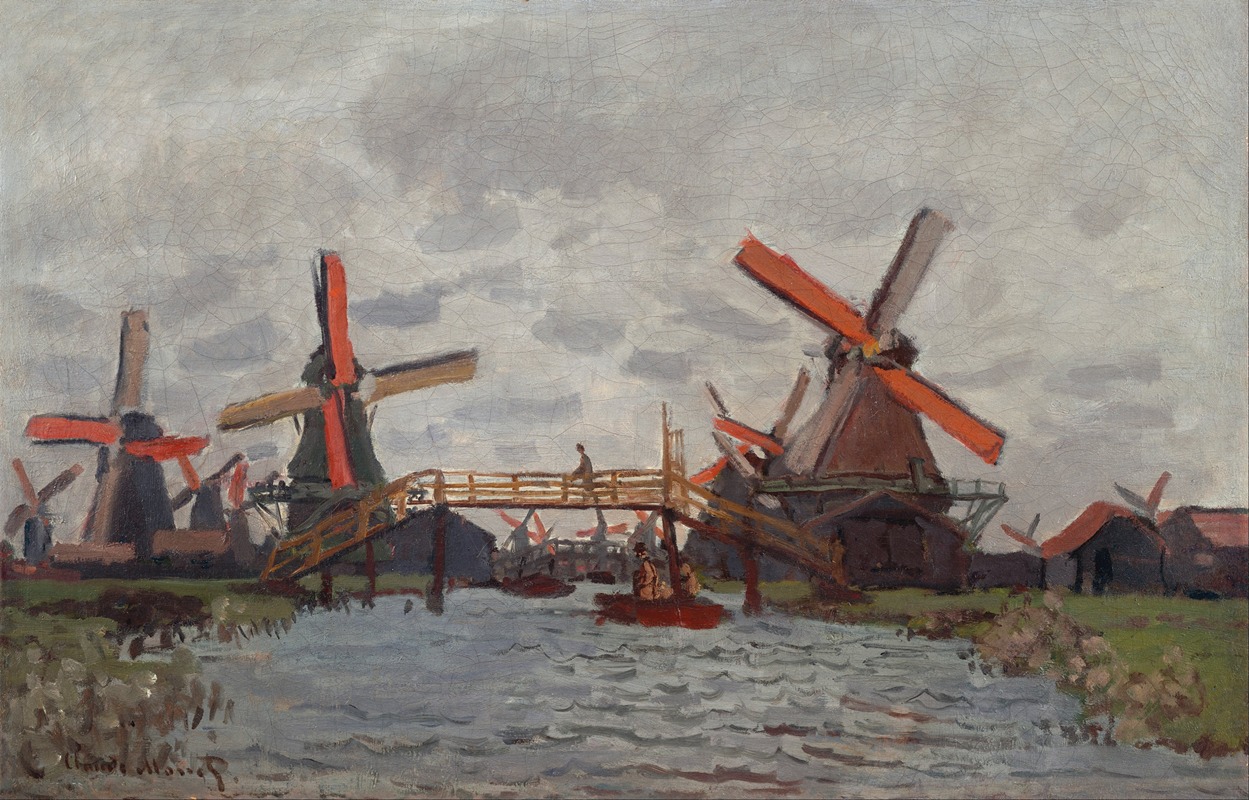
Mills at Westzijderveld near Zaandam
A hand-painted replica of Claude Monet’s masterpiece Mills at Westzijderveld near Zaandam, meticulously crafted by professional artists to capture the true essence of the original. Each piece is created with museum-quality canvas and rare mineral pigments, carefully painted by experienced artists with delicate brushstrokes and rich, layered colors to perfectly recreate the texture of the original artwork. Unlike machine-printed reproductions, this hand-painted version brings the painting to life, infused with the artist’s emotions and skill in every stroke. Whether for personal collection or home decoration, it instantly elevates the artistic atmosphere of any space.
Mills at Westzijderveld near Zaandam is a painting created by the French Impressionist artist Claude Monet in 1871. This artwork is part of a series of paintings Monet produced during his stay in the Netherlands, specifically in Zaandam, a town near Amsterdam. Monet and his family moved to Zaandam in the spring of 1871, seeking refuge after the Franco-Prussian War. During his time there, Monet was captivated by the Dutch landscape, particularly its windmills, waterways, and distinctive light.
The painting depicts a serene rural scene featuring traditional Dutch windmills, which were a prominent feature of the Westzijderveld area near Zaandam. Monet's characteristic Impressionist style is evident in the loose, fluid brushstrokes and his focus on capturing the effects of light and atmosphere. The composition highlights the interplay between the natural environment and human-made structures, with the windmills harmoniously integrated into the landscape.
Monet's stay in Zaandam was relatively brief, lasting only a few months, but it was highly productive. He created around 25 paintings during this period, many of which focused on the region's iconic windmills and waterways. These works reflect Monet's fascination with the Dutch countryside and his ongoing exploration of light, color, and reflection.
The painting is an example of Monet's early Impressionist work, created before the official establishment of the Impressionist movement in 1874. It demonstrates his growing interest in plein air painting, a technique that involved working outdoors to capture the immediate effects of light and atmosphere. This approach became a hallmark of the Impressionist movement.
Today, "Mills at Westzijderveld near Zaandam" is recognized as an important piece within Monet's body of work, showcasing his ability to transform everyday scenes into vibrant, dynamic compositions. The painting is held in a private collection, and its exact location may not be publicly accessible. However, it remains a testament to Monet's artistic vision and his ability to find beauty in the ordinary.
Monet's time in Zaandam and the works he produced there continue to be celebrated as a significant chapter in his artistic career, reflecting his early mastery of the Impressionist style and his deep appreciation for the landscapes he encountered.





